
Picture Source: Reuters
Four long years have passed since the last Olympic Games, and now they’re back with a bang. Set in London, this year promises to be filled with an expansive array of sports and powerful athletes from 204 nations across the world. With a spectacular three-hour opening ceremony directed by Danny Boyle, complete with a James Bond style sequence of the queen jumping off a helicopter, there is no doubt left in anyone’s mind that International sports is going to get bigger and better as the years go by. That stands true even when it comes to the athletes across the globe. Their training, fitness, and supporting equipment seem to be managed with utmost care and precision, leading to their shining performances on an international platform, no matter how unique their sport.
Turning the page to Indian athletes, the pitiful condition of past award winners is heart wrenching. Santhi Soundarajan, who bestowed a proud India with a silver medal at the Doha Asian Games, had no idea that her dignity would be reduced to dust eight years later. Stripped off her laurels and now working at a brick kiln, her achievements faded into oblivion after failing a gender test. Pinki Pramanik, who won a gold medal for her country at the Asian Games in 2006 and a silver medal at the Commonwealth Games in the same year, now works as a ticket collector for the Indian Railways. Furthermore, her former housemate accused her of being a man and raping her. All that is left is a feeling of shock and disgrace when these events are contrasted to a similar situation in South Africa, where athlete Caster Semenya was also shamed for the same reason as Soundarajan. In this case, the ban on Semenya was revoked due to the overwhelming support given to her by her fellow citizens. Now she holds her head high, as she is the beaming flag bearer of South Africa at the Summer Olympics 2012, while our gifted athletes are suffering in abject poverty with their achievements gone to waste.
Athletes who fail the questionable gender tests are not the only ones suffering in India. Veterans such as the ‘Payyoli Express’, better known as P.T. Usha who has won almost 101 international awards and runs a school for athletes, now works for the Indian Railways and survives on a meagre pay. World cup Kabbadi coaches such as Majit Kaur fends for himself by begging on the streets as government organisations failed to honour him with the promise they had made of a permanent job after retirement. Usha Rani, who brought home a medal in Archery, was forced to sell her bow to provide food for her impoverished family. These heroes, along with many more gone unnoticed, who took the name of our country to soaring heights during their glory years, are now forced to fund their own way without any support or backup by the state, leaving such sports personnel in abysmal conditions.
When you flip to the other side of the spectrum, cricketing stars and elite athletes such as shooters and boxers are fortunate enough to be showered with a royal treatment. As much as they deserve it, when compared to the conditions of the poorer section of the society whose talented individuals are far removed from the fame, support and training they necessarily need, the public turns a blind eye on the fact that rural areas are actually a potential goldmine for sporting activities. Boxers such as Vijender Singh have been catapulted to celebrity status due to an astonishing gold at the last Olympics, making way for a cult of boxing aspirants ready to outshine him and make their country proud. However, the same cannot be said for the pre-mentioned forms of sport as no initiative is taken to extract the wealth from these athletes. Instead, they are left to prepare for their own accommodation and adjust to tattered equipment as they struggle to train for major sporting events.
Despite our country’s blissful ignorance to the plight of these sportsmen and women, they still keep the flag flying high as they push past their paralysing boundaries and break the thin thread that separates a win from a loss. With proper thought put into the upliftment of their condition and regulated training given to these rising heroes, they are sure to bring home innumerable trophies, another yardstick to measure the underlying talent hidden in every corner of India.

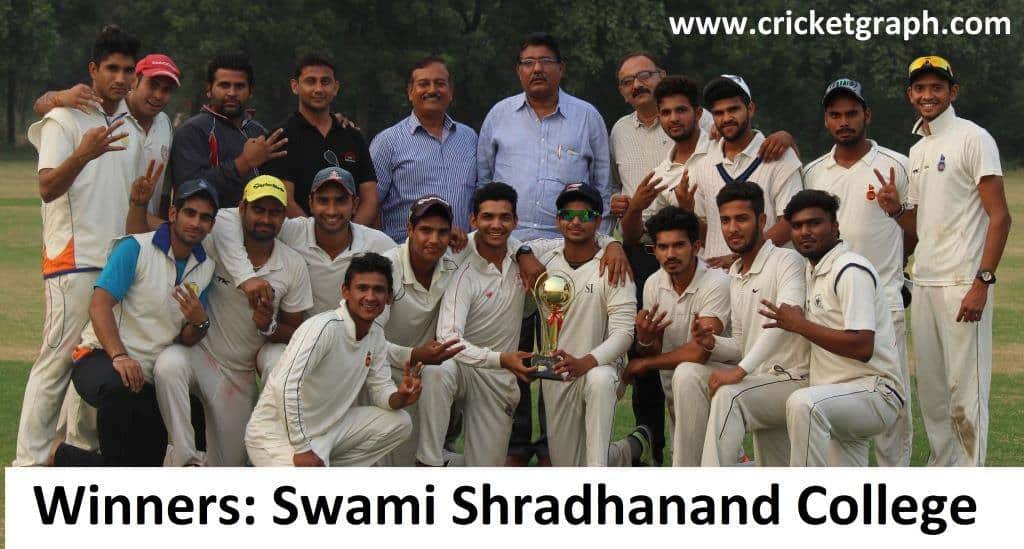

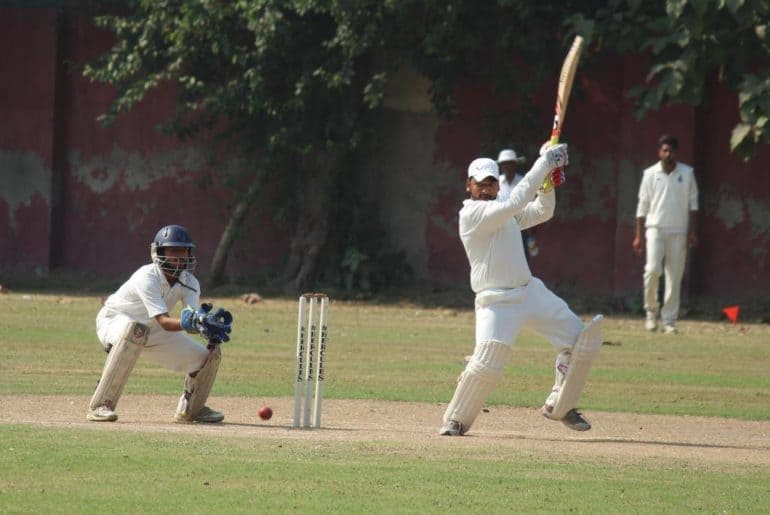
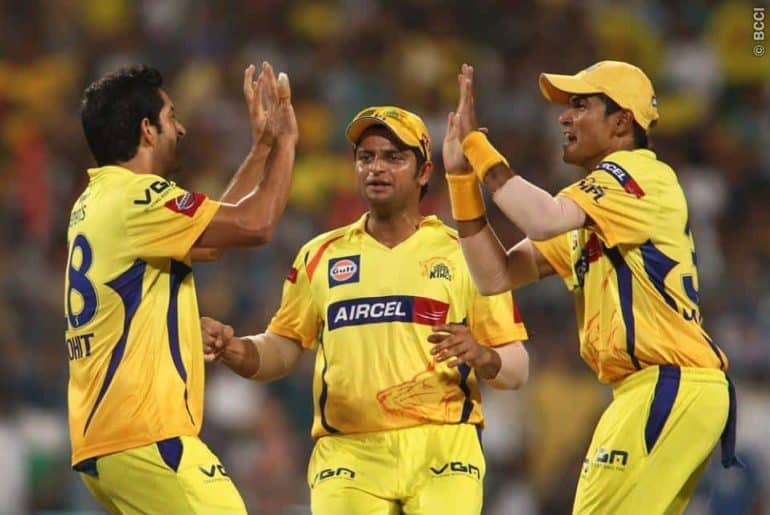
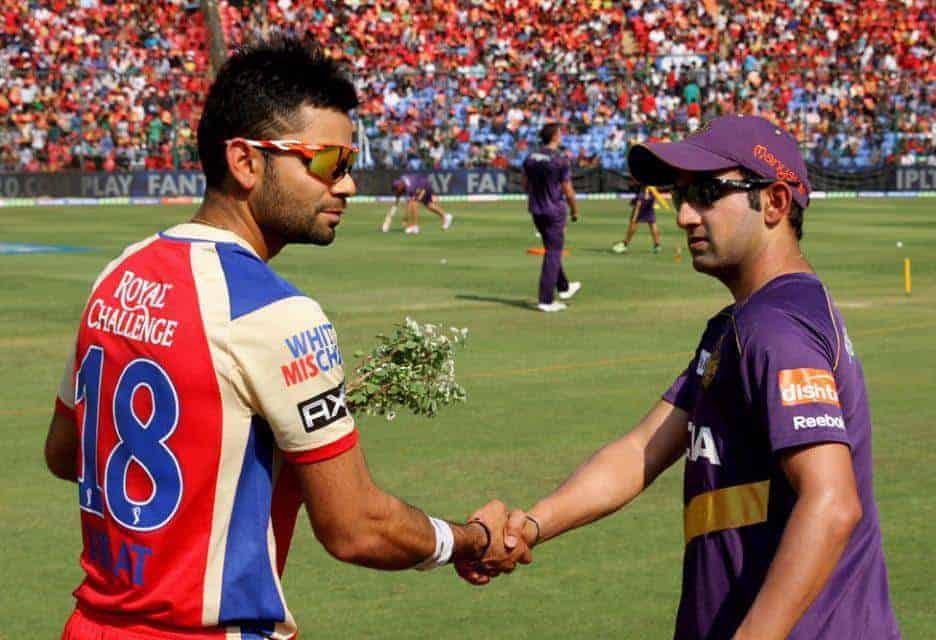

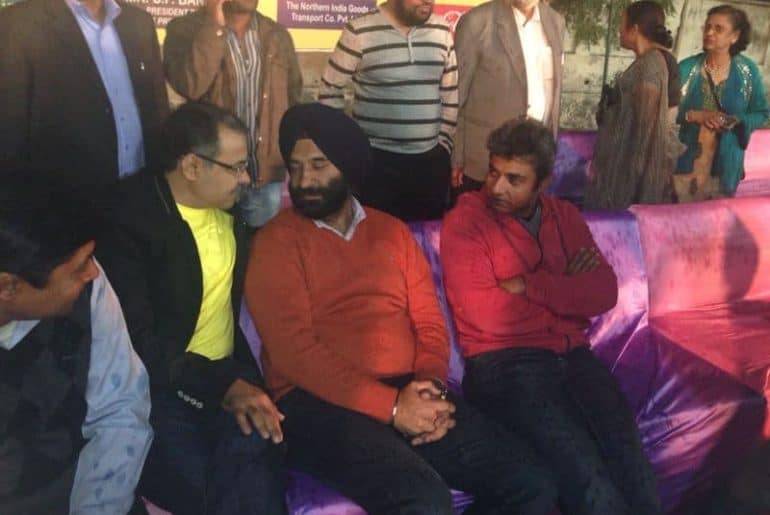

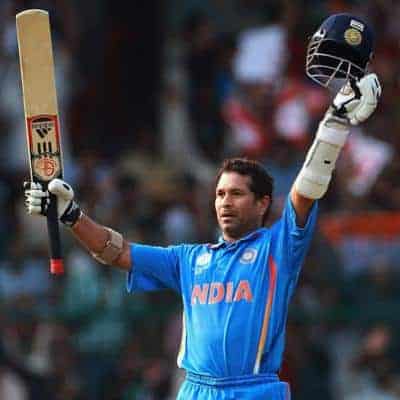
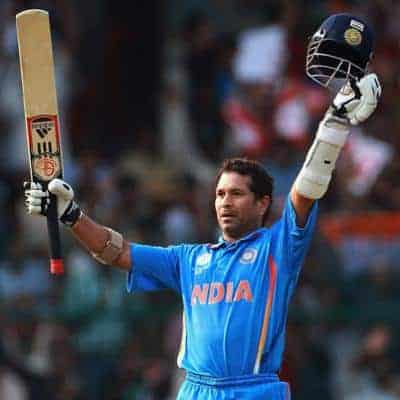
 India’s 2011 tour of England was quite a chastening experience for Dhoni’s men. India failed to register even a single victory, losing the 4-match test series, the 5-match ODI series and the 1-match T-20 series 4-0, 3-0 and 1-0 respectively. It’s hardly surprising then that England’s tour of India is being billed as the ‘revenge’ series. The 3 month long tour includes 4 test matches, 2 T-20 matches and 5 ODI matches.
India’s 2011 tour of England was quite a chastening experience for Dhoni’s men. India failed to register even a single victory, losing the 4-match test series, the 5-match ODI series and the 1-match T-20 series 4-0, 3-0 and 1-0 respectively. It’s hardly surprising then that England’s tour of India is being billed as the ‘revenge’ series. The 3 month long tour includes 4 test matches, 2 T-20 matches and 5 ODI matches.


